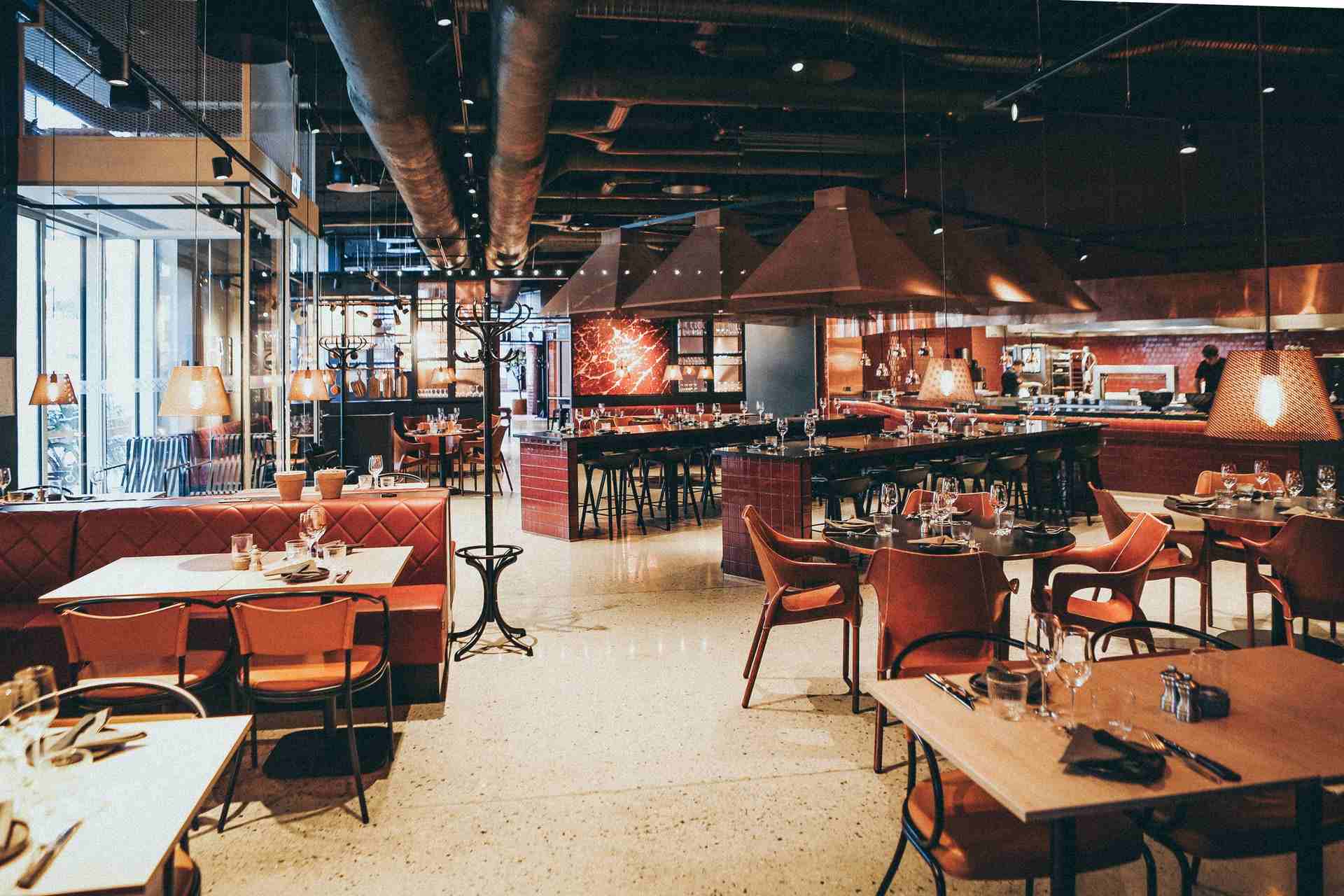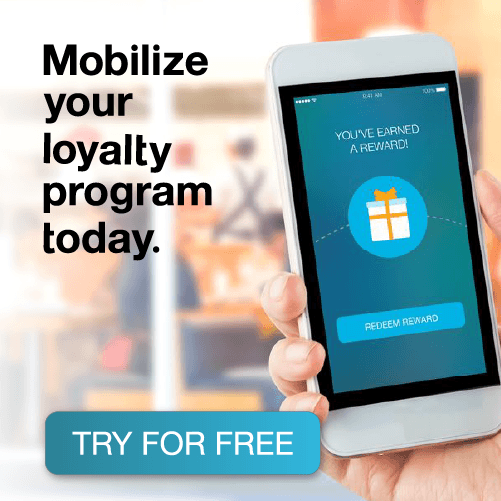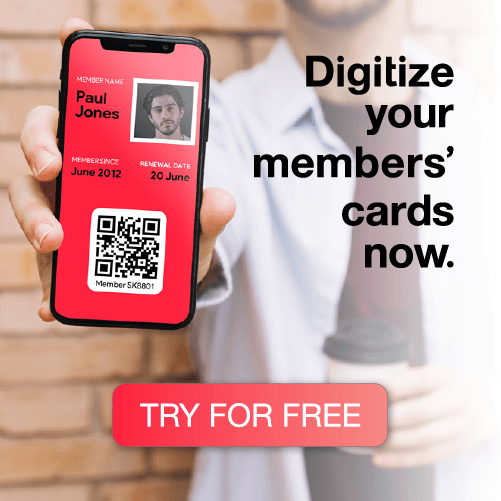A robust customer loyalty program can significantly improve the customer lifetime value (CLV) of diners at your restaurant. The question remains — how can restaurateurs and account managers gauge the overall customer response and optimize them? As with any modern customer loyalty program, personalization is a priority.
The digital age offers unmatched accessibility to information, resulting in customers comparing restaurant offerings and increasing expectations accordingly. Most, if not all, customers seek unique deals relevant to their preferences and will not hesitate to tune out from irrelevant marketing content.
Do Restaurant Loyalty Programs Work?
The most successful restaurant loyalty programs constantly provide solutions in response to the diners’ specific needs. For example, restaurants may offer customers discount coupons on kid’s meals if they have children. Personalized offers such as birthday treats also go a long way in improving customer relationships by showing a sense of sincerity.
As such, customer response is key in creating the most dynamic loyalty programs, whereas generic strategies are unlikely to appeal to modern diners. Restaurants should actively seek to access the needs and preferences of diners with data collected from feedback forms, online reviews, and order histories (i.e., spending, type of order, regularity of visit, etc.).
Make It Easy on Customers
Convenience is a crucial component in driving customer loyalty. Mobile-friendly branding content, strategically placed order tablets, and self check-out counters are all examples of how restaurants have enhanced the dining experience in recent times with improved convenience.
Market research shows that modern customers/diners have increasingly shorter attention spans — therefore there’s a pressing need to make it easy for customers to enjoy the full extent of your services without the hassle and with reduced wait time.
As such, “going digital” has become a driving factor behind successful customer loyalty programs, offering personalized discounts, offers, and special deals straight from a customer’s mobile device.
Use Technology to the Best Advantage
Modern technology has expedited various processes in the restaurant scene. Fewer restaurants are taking their orders manually on a notepad.
Diners may submit orders straight from the comfort of a proprietary mobile app, making special requests, etc. with highly intuitive features. There’s less time required (and more seamlessness) between taking an order at the booth and sending it to the kitchen for preparation and being served.
Additionally, restaurants have focused a significant amount of investments on contactless payment options, from displayed QR codes to table-side technologies. Self-payment options contribute to the dining experience by simplifying the process and enabling customers to enjoy their meals without the fuss.
According toreports from theNational Restaurant Association, “21% of consumers planning to dine inside a restaurant share that contactless payment options would factor into their restaurant choice.” Understanding the shift in diner behavior determines the effectiveness of restaurant customer loyalty programs, by tailoring solutions such as reducing touch points in the preference for contactless service.
Digital tools provide two significant advantages over analog methods:
- They reduce the risks of human error (i.e., missed or delayed orders) through proper record-keeping
- They provide the precious data necessary for creating a winning customer loyalty program.
Establish a Digital and Mobile Strategy for Your Restaurant Loyalty Program
Conventional customer loyalty programs relied on material documentations such as punch tickets/cards, coupons, and plastic membership cards. Aside from their negative impact on the environment, physical customer loyalty tokens required additional printing and delivery costs.
Additionally, some customers may misplace loyalty tokens and miss out on limited-time deals, which compromises the overall experience. Alternatively, digital customer loyalty programs provide diners with easy access to deals and offers from anytime and anywhere, trackable and validated with a mobile device.
As such, when it comes down to digital restaurant loyalty programs, it is vital to include a mobile strategy. There’s a continuous increase in mobile usage across online communities, with it being the preferred choice of browsing for most.
Therefore, a loyalty program lacking a mobile-focused approach might prove to be a serious disadvantage — resulting in poor customer responses.
PassKit, our customer loyalty software, provides a fuss-free service to level up your mobile loyalty program by leveraging the two most popular e-wallets: Google Pay and Apple Wallet. These e-wallets are likely to become more widely used as society moves toward a contactless landscape.
With PassKit, restaurant owners can skip the technical challenges and costliness of building a customer loyalty program API from the ground up (with no certainty of drawing the desired response). Restaurant owners may choose from a list of attractive pass templates or upload unique images in creating a professional-looking and accessible membership pass for convenient management and sharing via e-wallets.
Add Your Own ‘Wow’ Factor
Although digital customer loyalty strategies seem like a surefire way to succeed, the F&B scene has becomesaturated with e-solutions. As with time-honored recipes, restaurants need to add the “secret sauce” to give their digital loyalty programs a competitive edge.
Gamification is a popular strategy among digital customer loyalty programs, where customers enjoy additional incentives in frequent dining. For example, diners may accrue points exchangeable for exclusive one-for-one offers or restaurant merchandise. Gamification campaigns may leverage seasonal celebrations such as Thanksgiving or Christmas, giving families more reasons to dine out — and specifically at your restaurant.
Unique aesthetics is another method of appealing to the target demographic. Consider adding eye-catching designs in the interface of your digital loyalty programs. For example, if you run a safari-themed restaurant, you might apply tiger stripe designs to your e-membership cards or offer digital coloring activities (with animals and rainforest designs) for children.
Alternatively, restaurants may involve diners in a social or environmental cause, which have become increasingly popular in recent years. For example, restaurants may include donation options on customer loyalty apps or offer promotions where a percentage of sales go to a worthy cause.
While digital seems to be the way to go for the modern restaurant, it should include a wow factor that defines the brand while providing diners with a unique experience.
Why Should Restaurants Have Loyalty Programs?
Dining is an intimate process characterized by high levels of trust (of food hygiene and quality), with traditional cafes and eateries often depending on regulars for long-term patronage and continuous operation. In fact, market research has shown that there is a greater cost (as much as five times more) involved in gaining new customers than retaining loyal recurring patrons.
Essentially, loyalty programs replace the proverbial “how’s the food?” question posed to diners, helping restaurant owners understand the customer experience and ways for improvement.
However, in many aspects, a restaurant loyalty program is an improvement from the direct approach. The process is less intrusive, offering customers the privacy to share genuine feedback without reservations. Additionally, a loyalty program reliably registers unique customer profiles for easy reference and customized marketing strategies — unlike fallible human memory.
Do Loyalty Programs Work for Restaurants?
Loyalty programs for restaurants work, with the right presentation through targeted campaigns. The perfect restaurant customer loyalty program takes time — with the tracking of customer behavior (playing by ear) and responding with the most suitable recommendations.
By adapting marketing campaigns in real time, your restaurant will leave the most positive impressions on customers: as a reputable place they can return to time and again.
Check out PassKit’s sample passes to experience the creative possibilities of the platform and how it can help you achieve a winning restaurant customer loyalty program in no time.



